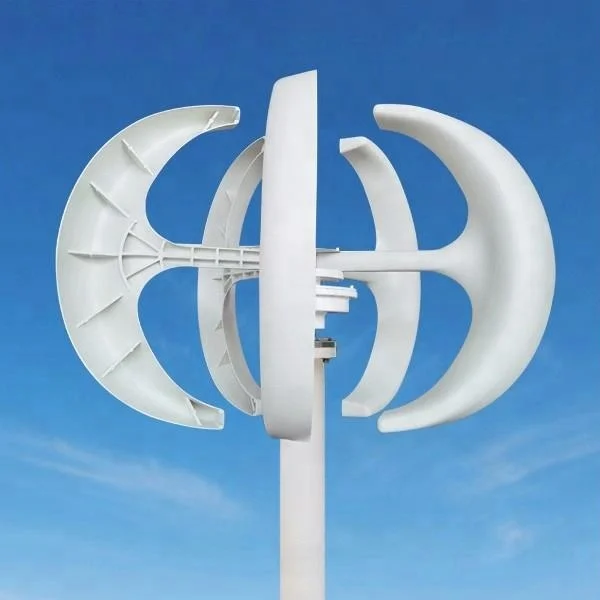

Until recently, no prototype VAWT was close to the long-term generating capacity of horizontal-axis designs.
#HOME WIND TURBINE VERTICAL AXIS PLUS#
An owner’s greatest concern is simply generating as much power as possible over 20 plus years. This is ultimately why wind-energy developers have stuck with the HAWT. Simply put, because power generation efficiency isn’t as good, VAWTs aren’t as good long-term investments. The result is comparably reduced efficiency in power generation. When wind blows on a vertical-axis turbine, only a fraction of the blades generate torque while the other parts merely ‘go along for the ride’. For instance:Įfficiency – When the wind blows on the blades of a HAWT, all of them contribute to energy production.

The residential possibilities of the VAWT model seem promising in reducing energy consumption from hydrocarbon sources.ĭespite the plusses, there are good reasons that many are skeptical of VAWTs’ potential to ever be adopted on a wind farm. Scaling down – the design has potential to scale down and remain fairly efficient in dense urban areas or on rooftops where other renewable technologies might not be feasible. Maintenance costs are further reduced because gearboxes, generators, and most electrical and mechanical components are at or near ground level, avoiding the need for climbing gear, lifts, and danger-pay compensation. Safety – Keeping workers from climbing tall turbine towers also makes VAWTs a safer alternative. What’s more, there is no need for components to control yaw and pitch. This makes it ideal for gusty conditions. In contrast, the blades of a VAWT catch wind in any direction without directional orientation.

A conventional HAWT must first be generally oriented into the wind before the blades can rotate. The advantage here comes as a reduction in parts. For instance:įewer components – Obviously, the main rotor shaft of a VAWT is oriented vertically rather than horizontally. There are three basic advantages of a VAWT over HAWT and just as many drawbacks. Let’s look at how a VAWT works and how it stacks up against the horizontal-axis wind turbine. France’s Vertiwind will eventually go offshore.


 0 kommentar(er)
0 kommentar(er)
